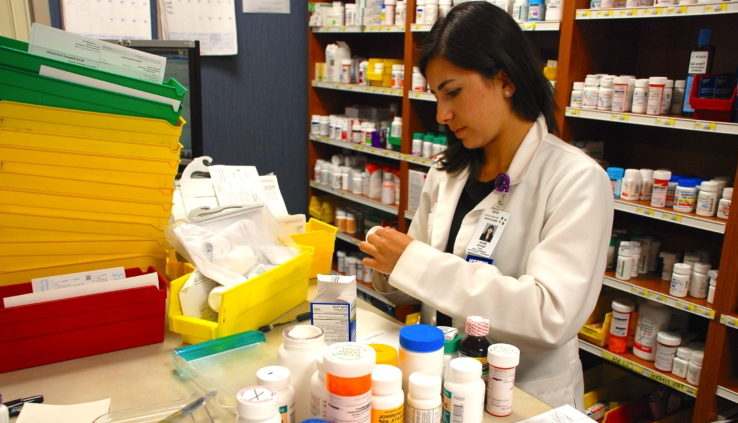The Future of Shopping and the Benefits of Data-Driven Decision-Making
In a podcast, McKinsey partner Bo Finneman and associate partner Emma Spagnuolo discuss the future of shopping. The benefits of online shopping are discussed, including the positive impact on health and cognitive function, and the need to understand the changing nature of consumers. The podcast also includes interviews with millennials and Gen Z to better understand the motivation behind a purchase. The future of shopping is not just about the latest trends.
The future of shopping will be shaped by the evolution of shopper behavior. With data-driven decision-making, retailers can make informed decisions that benefit both customers and the economy. In addition to providing real-time insights, analyzing shopper behavior can help businesses develop better products and services. The future of retailing will be brighter and more competitive than ever, thanks to the power of data. There is more than one way to analyze shopper behavior and create the best possible experience.
Although there is no specific method to diagnose or treat shopping addiction, it does exist. Studies have shown that compulsive buying disorder affects approximately 18 million adults in the United States. According to the American Psychiatric Association, shopping addiction is a compulsion to spend money on specific products, which can have devastating consequences. Many people with this problem are also addicted to certain products, such as beauty products, stocks, or real estate.
The future of shopping depends on the use of data. By analyzing shopper behavior, retailers can make better decisions. The data will give them long-term insights and better understanding of their customers’ needs. It will help them improve their customer service, improve their product offerings, and create better relationships with customers. This will benefit consumers and retailers. If you’re struggling with compulsive shopping, consider the benefits of data-driven decision-making.
While some care is non-elective, other care is shoppable. An estimated 30 to 40 percent of healthcare services fall into this category. These services include routine checkups and joint replacements. While shopping for these services is relatively uncommon, fewer people are doing so because they are intimidated by the complex healthcare system. However, the benefits of data-driven decision-making are significant for both consumers and retailers. It may be necessary to consider other options before making the final decision.
Some types of care are shoppable. About 30% of care falls into the category of elective. This includes routine checkups and joint replacements. In fact, few people actually shop for these services because of the complexity of the healthcare system and the high costs of the necessary procedures. And even when people do shop, they tend to buy more expensive items than those who are cheap. They may also be more attentive to their health-care bills. But the benefits of shopping aren’t limited to a single type of care.
Shopping goods are goods that are not consumed by the consumer. They are typically not necessities. They are expensive per unit and require significant resources to purchase. They aren’t commonly purchased in the convenience of a department store. They are usually not available through a wide variety of channels and are available only to specific segments of society. Unlike convenience products, shopping goods aren’t necessities. In contrast, they are purchased by people for a reason.

